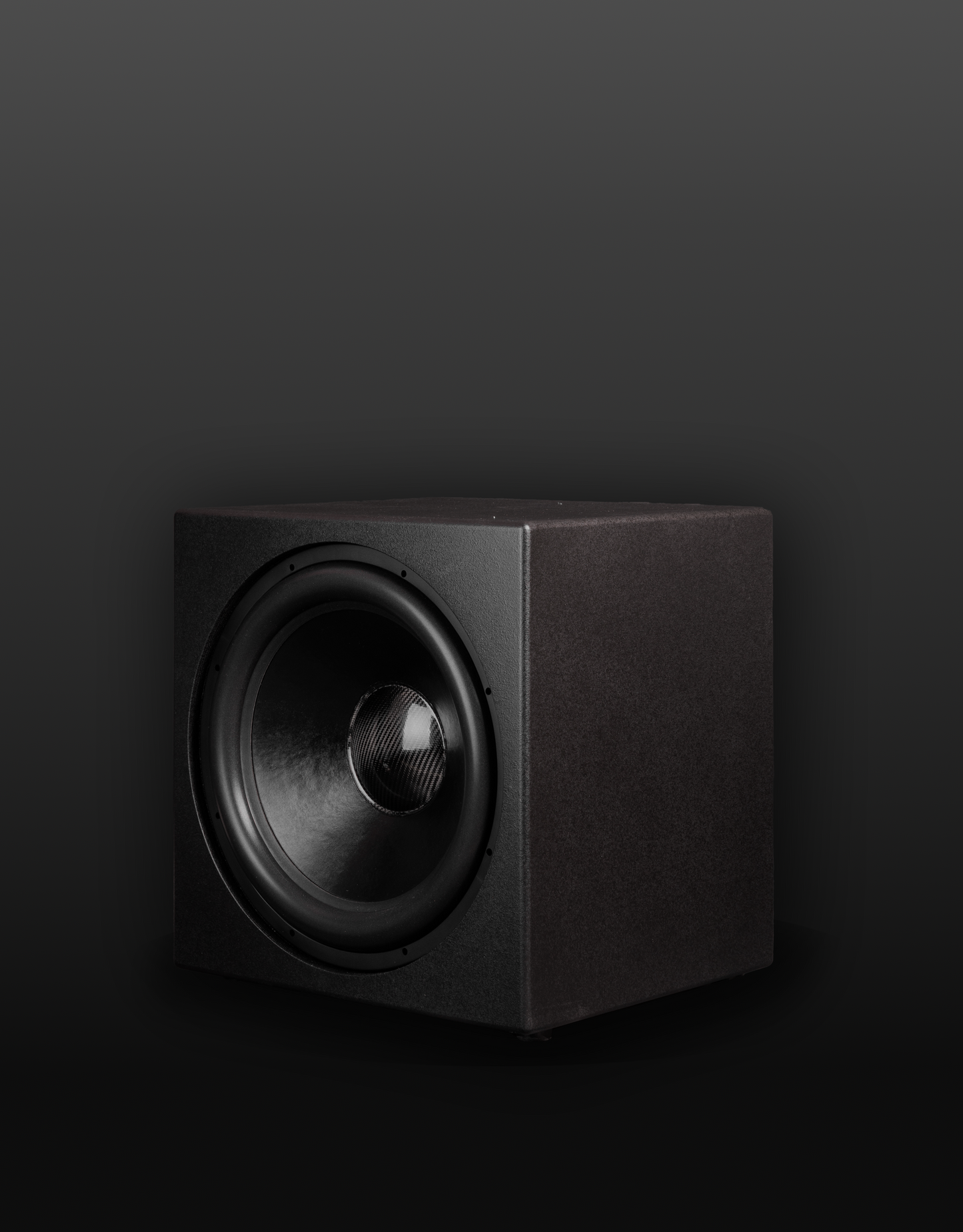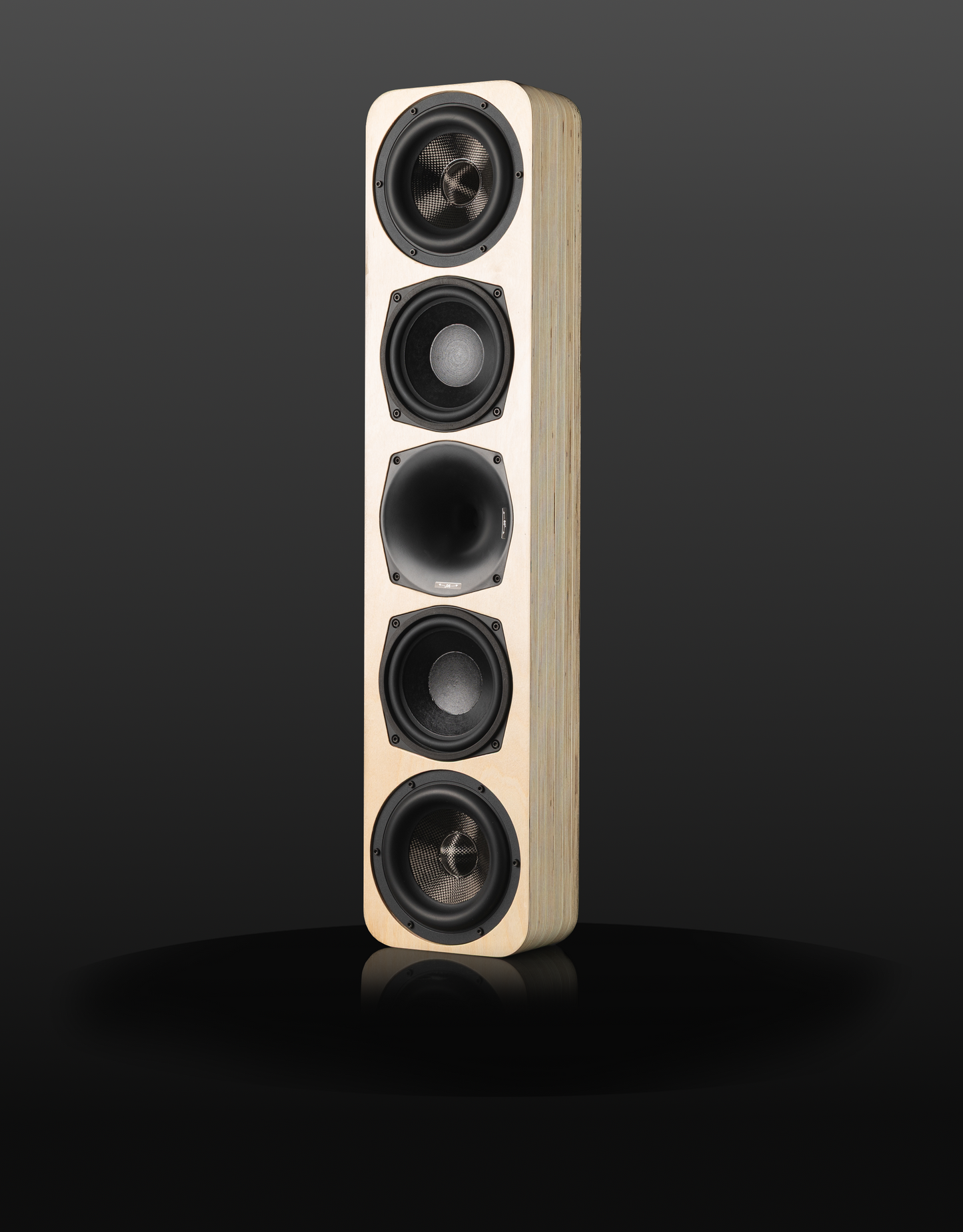
I remember the first time I sat down in my buddy's home theater; the lights dimmed, the sound of the movie's opening score filled the room, and for a moment, it felt like I was sitting in the middle of an actual theater. That experience was the culmination of months of research, planning, and a bit of trial and error.

1. The Projector
Let's start with the heart of the home theater—the projector. Imagine this: you're not just watching a movie; you're being pulled into it with a screen so large that it fills your entire field of vision. That's the magic of a projector. I've always believed that nothing beats the cinematic feel of a giant screen, especially when it's paired with a 4K projector that brings the scene to life.
Here's the thing: not all projectors are created equal. When I was helping my buddy choose his, we had to consider the room's lighting, the distance between the projector and the screen, and even the type of content he loved watching. A projector with a high lumen count was non-negotiable for him because he wanted to ensure those epic battle scenes weren't washed out by ambient light. And trust me, when you see that first crisp, vivid image projected onto the screen, you'll know it was worth every penny.
2. Surround Sound System
Now, let's talk sound. I can't tell you how many times I've heard people say that they didn't realize how important sound was until they experienced a true surround sound system. For me, it's the difference between hearing a movie and feeling it. When you've got the right speaker set up, it's like the action is happening all around you—every whisper, every explosion, every note of the soundtrack.
When I set up his system, he opted for a 7.1.2 surround sound setup with Dolby Atmos. The first time I tested it out with one of my favorite action movies (Ready Player One), he was blown away. The sound moved not just around us but also above us, creating this immersive bubble of audio that made the experience worth the labor and time. It's not just about volume; it's about clarity, depth, and the sensation that you're right there in the middle of the story.
3. The Screen
A lot of people underestimate the importance of a good screen, thinking that any old white-painted wall will do. Let me tell you, that's a mistake we all probably made early on. The screen is where the magic happens—it's what turns light into the stunning images that define your viewing experience.
I remember testing different screens when selling home theater projectors back in my old life, and the difference was night and day. A high-quality screen with the proper gain can make your projector's image pop, delivering deeper blacks, brighter whites, and more vibrant colors. Imagine buying a Porsche GT3 (projector) and buying crappy tires and crappy fuel; of course, it's going to feel like a horrible experience and then start giving you buyer's remorse.
4. Audio Video Receiver (AVR)
The home theater receiver is like a vehicle's ECU, ensuring that every component in your system plays its part in sync. This is the main component that manages your audio and video signals, decoding surround sound formats and sending the right signals to your projector and speakers.
My advice? Don't skimp here. Look for a receiver that supports the latest audio formats, has plenty of HDMI inputs for all your devices, and delivers enough power to make your speakers sing. I hate using the term future proof, but one thing that I recommend is getting a receiver that has pre-outs for ALL your channels; I can't count how many times people come back 2-3 months later and ask about wanting more power and having to sell them another receiver because their current one couldn't accommodate a separate amplifier or just plain sucked. The difference in sound quality is something you'll notice from the first scene.
5. Comfortable Seating
Seating—is often an afterthought, but trust me, it can make or break your home theater experience. Imagine having the perfect setup, only to find yourself uncomfortable halfway through the movie. You might think of plush recliners or a spacious sectional, and those are great options. But whatever you choose, make comfort your top priority. There's nothing worse than being distracted by discomfort during an epic movie scene.
One detail many people also overlook is how seating affects the audio experience. Picture this: you opt for a high-backed recliner or couch, thinking it's the ultimate in luxury. But what you might not realize is that those high backs can block the speakers, preventing sound waves from reaching your ears the way they're supposed to. This can leave you feeling like you're missing part of the experience or even missed dialogue. So, when choosing your seating, consider how it interacts with your audio setup—sometimes, a lower backrest can make all the difference. Consider where your speakers will be placed throughout your room.
If there's one thing I've learned, it's that creating a truly immersive home theater isn't just about having a big screen or powerful speakers—it's about bringing together the right components that work to transport you into this world. Whether you're starting from scratch or looking to upgrade, these are the elements that make all the difference.











